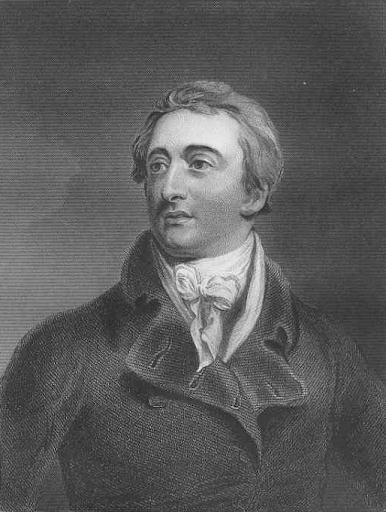
PUMPA - SMART LEARNING
எங்கள் ஆசிரியர்களுடன் 1-ஆன்-1 ஆலோசனை நேரத்தைப் பெறுங்கள். டாப்பர் ஆவதற்கு நாங்கள் பயிற்சி அளிப்போம்
Book Free DemoBy the early 19th century, most of the Company officials were assured that the revenue system had to be changed again. In the North-Western Provinces (present-day Uttar Pradesh), an Englishman called Holt Mackenzie devised a new system that came into effect in 1822, known as Mahalwari system.
Lord William Bentinck suggested drastic changes in the Mahalwari system by the guidance of Robert Martins Bird in \(1833\).

Lord William Bentinck, British governor-general of Bengal (1828–33) and of India (1833–35).
Salient features
- The village was considered an important social institution in north Indian society and needed to be preserved.
- Collectors went to the villages, inspected the lands, measured the fields, and recorded the customs and rights of different groups.
- The estimate of each plot was added up to calculate the demand for the village (mahal).
- This demand was revised periodically, not permanently fixed.
- The charge of collecting the revenue was given to the village headman (Lambardar) rather than the zamindar.
Demerits of the system:
- The Lambardar misused the privileges which were for their self-interest.
- This system brought no benefit to the ryots.
- It was considered a modified version of the Zamindari system and profited the upper class in villages.
Reference:
Image source: Based on painting by Sir T. Lawrence (1769 – 1s830), Public domain, via Wikimedia Commons